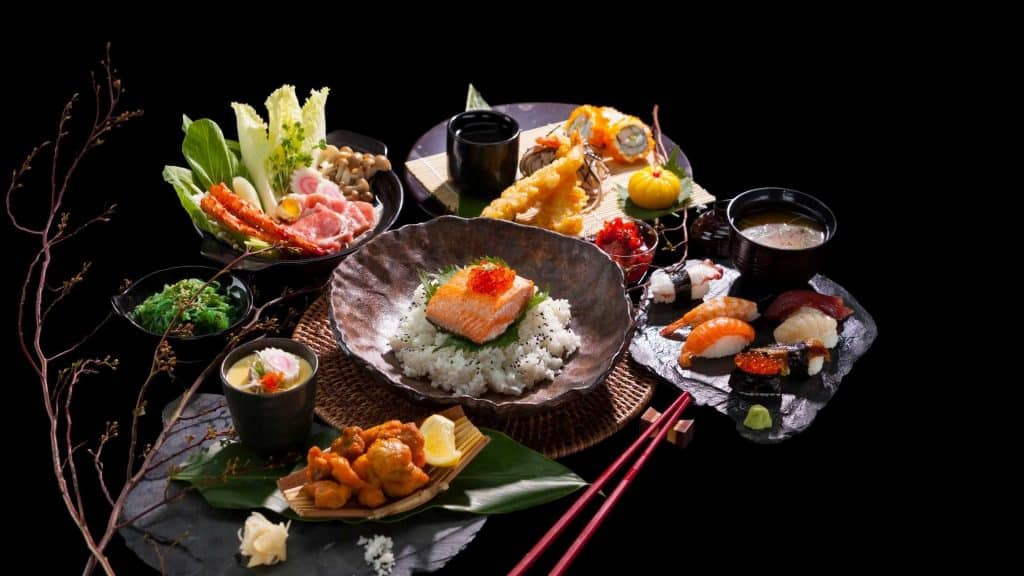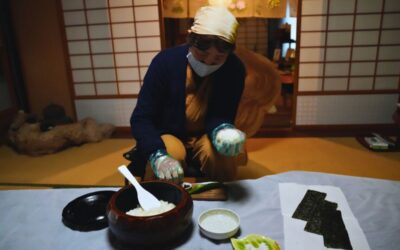Especially since the pandemic, many people are turning to cooking as a way to explore new flavours and cuisines. Japanese food and drinks offer a wide range of delicious and easy-to-make options that can bring a taste of Japan to your kitchen.
In this blog post, you’ll find recipes and tips for making popular Japanese dishes and drinks at home. Whether you’re an experienced cook or just starting out, these recipes are designed to be easy to follow and enjoyable to make. Get ready to discover the wonderful world of Japanese cuisine from the comfort of your own home.
One of the best ways to explore Tokyo is to visit the local areas and immerse yourself in the local culture. If you want to explore local areas, we have created scavenger hunt adventures personalised to your interests, filled with fun facts, clues and puzzles. If you’re curious, you can check out the games here! Check out the Flip Japan Games here! |
Japanese Dishes You Can Make at Home
Teriyaki Sauce
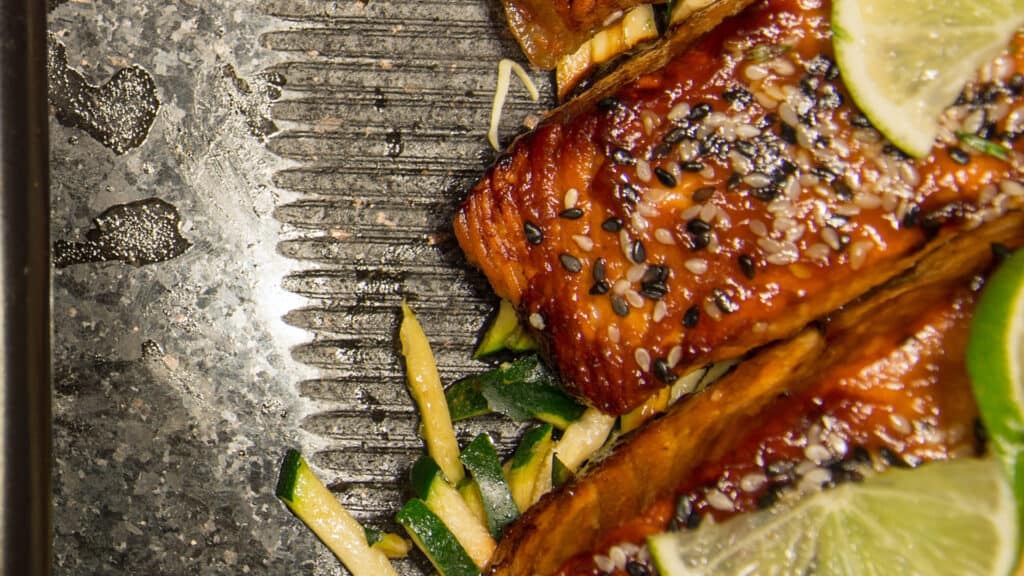
The sweet, tantalising Japanese teriyaki sauce is a great dish surprisingly easy to make. All you need is soy sauce, mirin, and white vinegar. Mix it all together and then pour it over chicken, fish, or tofu. With a side of rice and vegetables, you’ve got a delicious Japanese dinner.
Chahan
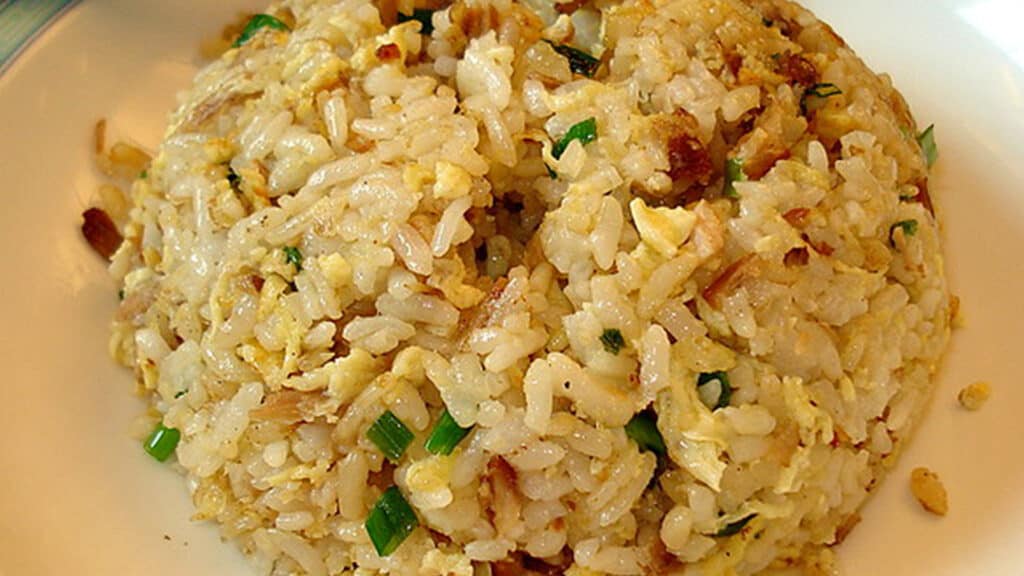
Chahan, Japanese fried rice, is an amazing Japanese food you can make at home. First, prepare your ingredients: they can be whatever you like, but the typical Japanese chahan is made with eggs, green onions, and chashu. Throw all your ingredients in the pan with your rice. Make sure the rice is on the drier side so you can get the perfect, crisp texture. Flavour it with pepper and a little bit of soy sauce if you like.
Omurice

Omurice, or omelette rice, is a Japanese fusion dish: a fluffy omelette surrounding delicious fried rice or fried tomato rice. Sometimes, you can also get it with curry. You may have come across mouth-watering videos where the chef cuts the omelette in half, revealing its runny texture. You can make it at home too!
To make the fried tomato rice, simply fry some rice with ketchup and other ingredients like onions or peas. Now you just need an omelette on top of it.
The key point of omurice is that the omelette has a nice, runny texture. To achieve this, add a bit of milk to your beaten eggs. Make sure there’s enough oil in your pan and then pour your egg-milk mixture into the pan on low heat. Tilt the pan left and right until the egg covers the entire pan. Then, just let it sit for a while. You’ll get a runny, slightly creamy, fluffy omelette to put on top of your fried tomato rice.
Tonkatsu

Tonkatsu is a deep-fried pork or chicken cutlet. To make this Japanese food at home, cut your pork or chicken into nice, slim strips. Dip them into flour, then eggs, and finally into breadcrumbs or panko. Then, deep-fry it. You’ll have a nice, crispy pork or chicken cutlet that you can eat à la carte, or with rice or vegetables on the side.
Ramen
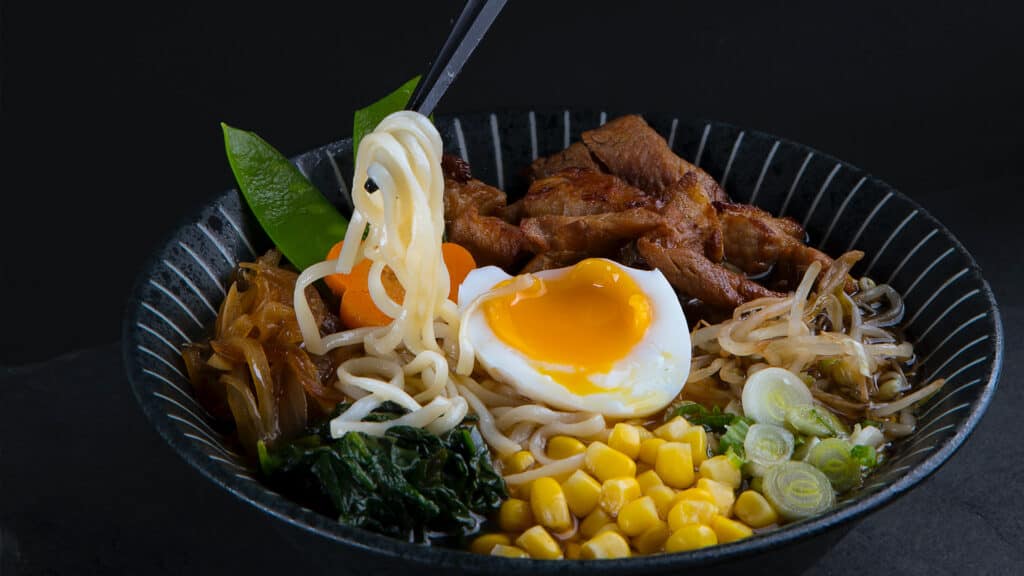
This Japanese food might be difficult to make restaurant-quality at home, but there’s no harm in trying! Make a broth with either chicken stock or miso paste, and then simply boil ramen noodles in them. You can throw in whatever toppings you’d like. If you want to make the broth stronger in taste, you can throw in chicken bones or pork bones to bring out the rich and creamy texture you can get in Japanese ramen restaurants.
Onigiri
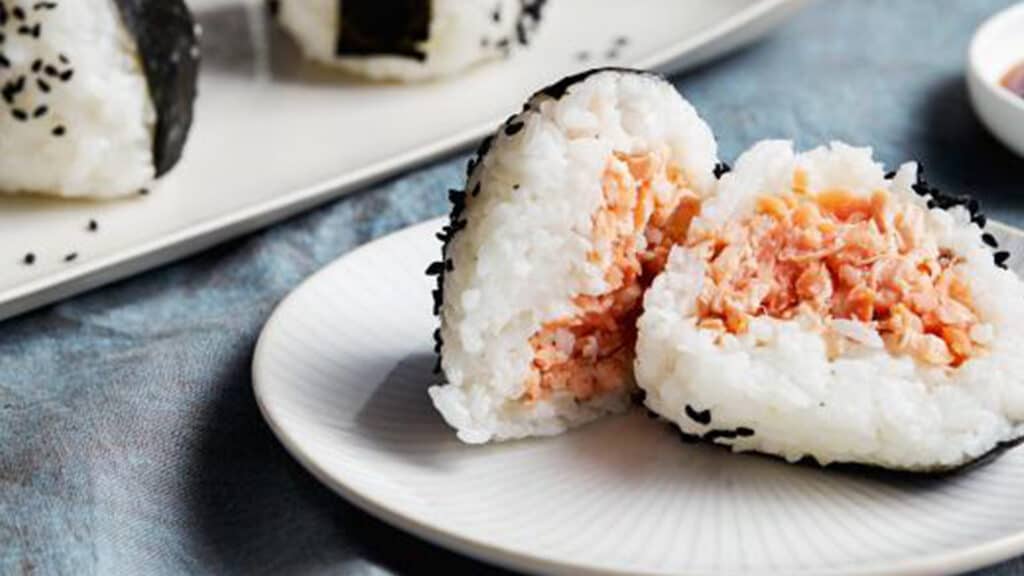
Onigiri are Japanese rice balls, and they are a popular household food for many people in Japan. You only need cooked rice and whatever fillings you want your onigiri to have, such as canned tuna with mayo, minced salmon, or even beef.
Once your rice is cooked, add a small amount of vinegar to it so it gets a nice, sticky texture. Then, take a small amount and put it into the palm of your hand. Put your fillings in the rice, cover it with another palm-full of rice, and mould it until it’s got a nice shape. If you have seaweed at home, wrap your onigiri up in it and take a bite.
Nigiri Sushi

Just like with onigiri, add a small amount of vinegar to your cooked rice. Make sure your hands are wet when handling the rice so it doesn’t stick to your hands. Mould it with your hands so it gets a nice, rectangular-ish shape. Then, stick whatever you want on top of it. Classic nigiri sushi often has sashimi on top of the rice, but just make do with whatever you have at home.
Gyoza

If you’ve got some time to spare, try making your own gyoza. This Japanese food at home is a fun activity you can enjoy with your family or your partner. First, make the wrap by mixing flour, cornstarch, salt, and water. Keep in mind that making the wrap requires a lot of strength and it can get quite tiring.
Roll your dough so it’s nice and flat. Cut out a small circle to make your wrap. Put whatever fillings you want in the middle of it and then roll it up. A pro-tip is to make sure your fillings are minced or chopped finely. Gyoza wrapping is quite thin and any big piece of meat or vegetables could rip it.
Healthy Japanese Ingredients To Stock Up On
Japan has the highest life expectancy in the world, likely because of their cuisine, which makes use of many healthy ingredients. Here are some you can start incorporating into your own meals. All of these choices are gluten-free and vegan.
Tofu
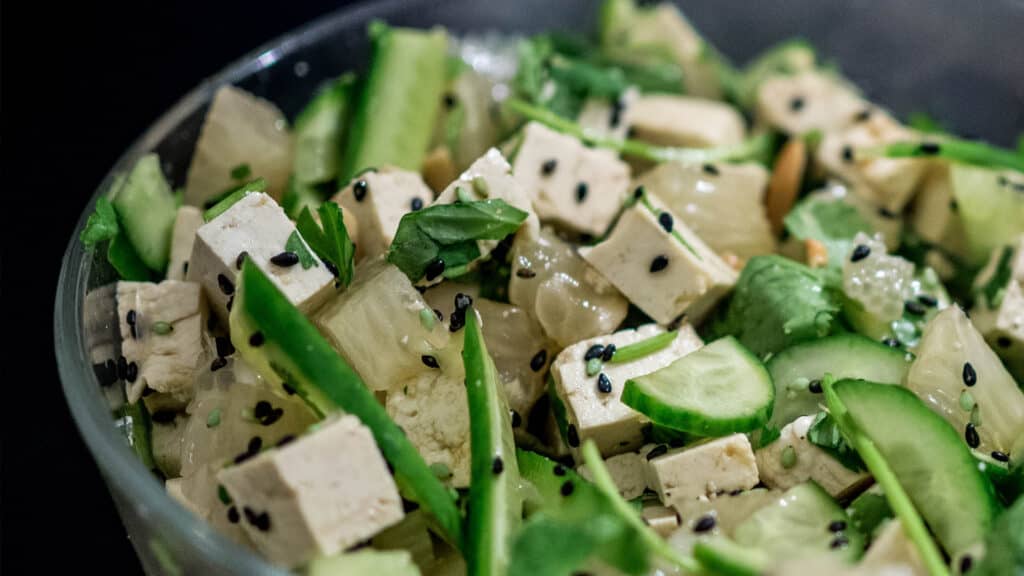
Tofu is one of the world’s healthiest foods. It has a good amount of protein and contains all nine of the essential amino acids our body needs, as well as other good nutrients.
If eating plain tofu doesn’t sound very appetising to you, add some soy sauce or diced green onions. Or, add kimchi, another healthy food! The sourness and spiciness will add a little flavour to your tofu.
Seaweed
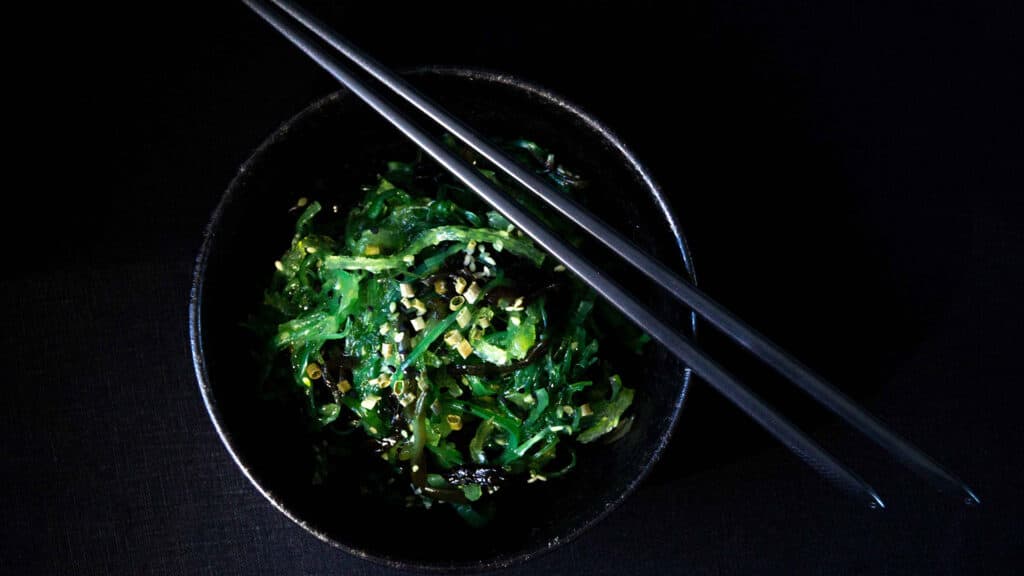
Seaweed contains a wide range of vitamins, minerals, and antioxidants. Though seaweed doesn’t taste like much on its own, you can make a salad out of it by combining different types, adding Japanese dressing or soy sauce, and dashi. Throw in a little bit of wasabi to give your salad a kick.
Soba

Soba noodles are made from buckwheat and they contain a lot of fiber. It’s said that soba noodles are especially good for maintaining your blood sugar levels, heart, preventing inflammation and even cancer (Healthline, 2018).
To make this Japanese food at home, simply boil the noodles to cook them, and if you want to eat it with broth, mix a small amount of soy sauce, mirin, and sake into the water. If you want to eat it dry, drain the water and pour a little bit of soy sauce on the noodles for flavour. Add some ingredients such as seaweed, vegetables, fish, or pork.
Miso Soup
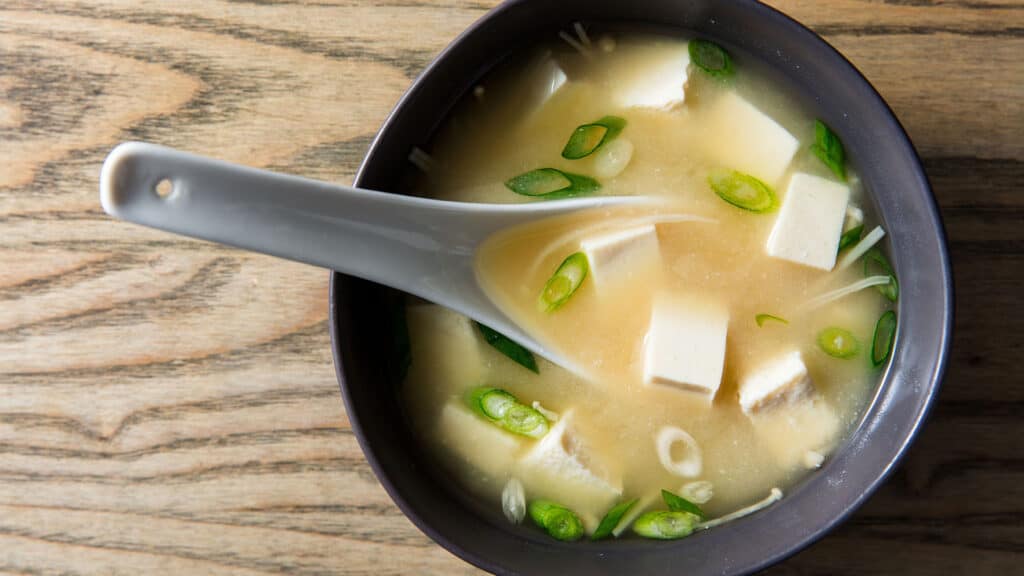
Miso soup has a large number of nutrients and beneficial antioxidants. All you need is miso paste (which you can get on your next essential grocery-shopping trip) and throw it into a boiling pot of water. Add some of the other ingredients listed above to make a warm, filling, and healthy dish.
Japanese Snacks
Japan has a wide range of snacks, including chips, chocolate, biscuits, cookies, and more. If you tend to get peckish, stock up on this Japanese food at home and get some of these snacks on your next essential grocery-shopping trip.
Kit Kat
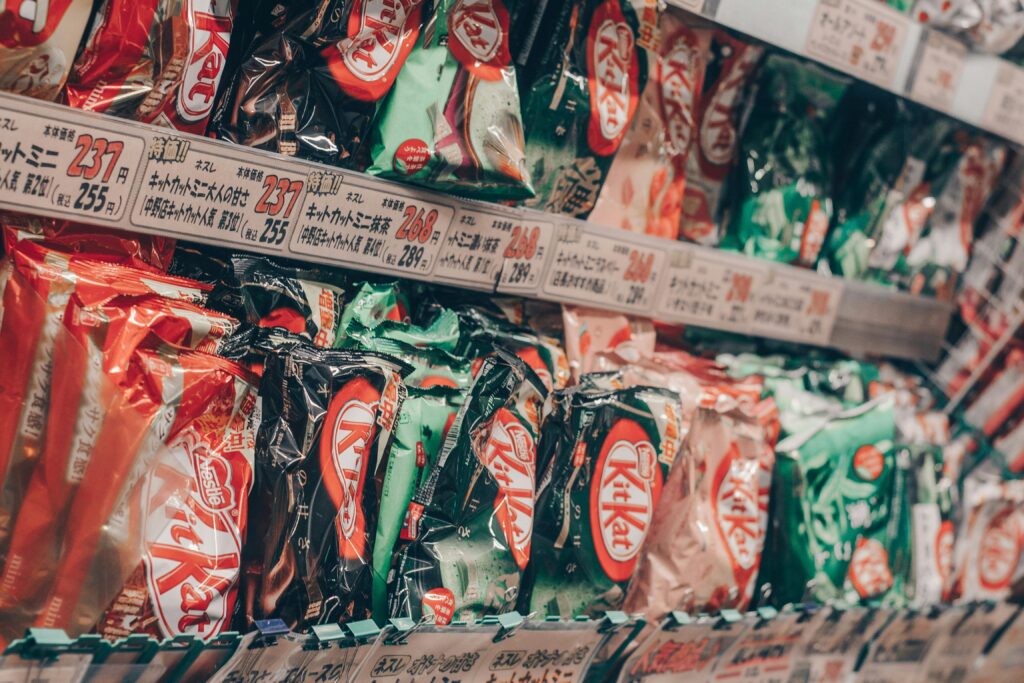
Kit Kat is its own category of snack in Japan, as opposed to chocolate or biscuit elsewhere. There are countless flavours or limited editions of Kit Kat in Japan, the most famous of which is the matcha—green tea—Kit Kat. There is the subtle, bitter taste of matcha mixed into the sweetness of the chocolate, and the combination is just a burst of flavour in your mouth.
Pocky

Pocky are long, thin biscuits coated in chocolate, and they are addictive. They, like Kit Kats, come in all sorts of flavours: chocolate, strawberry, matcha, rum raisin, maple, and more.
Senbei
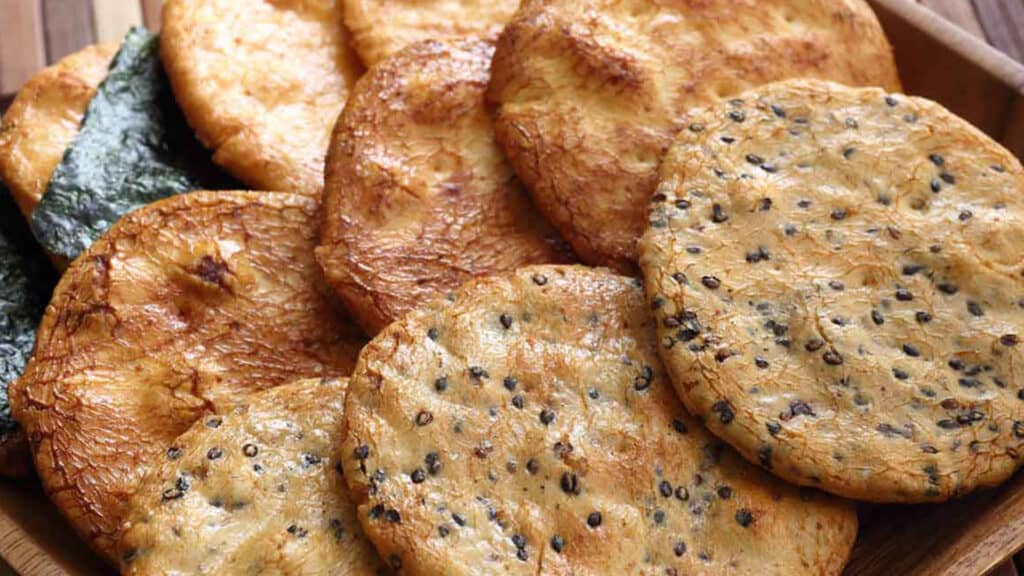
If sweets aren’t your thing, try senbei, Japanese rice crackers. They come in all shapes, sizes, and flavours. They are usually coated with a thin layer of soy sauce which makes them taste salty.
Potato Chips

Japan has many unique flavours of potato chips: seaweed, wasabi, soy sauce, cheeseburger, garlic butter, steak, fried chicken, and more.
Japanese Drinks You Can Enjoy at Home
Another reason Japanese people might have a higher life expectancy is the large amount of tea and other healthy Japanese beverages they drink. Lucky for you, you can easily recreate these Japanese drinks at home!
Matcha Tea
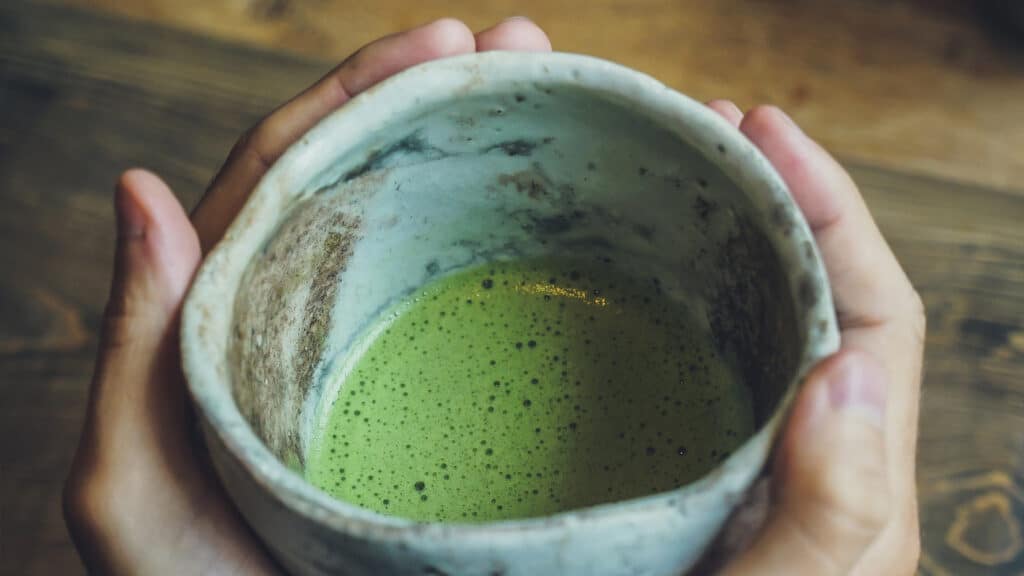
Matcha is a green tea made from a powder of specially grown and processed green tea leaves. It is a Japanese drink you can make at home. It’s said they have enormous health benefits—it is rich in fibre, has beneficial antioxidants, boosts metabolism, helps calm one’s mind, and more. If you have matcha powder, add some into your latte to have a delicious matcha latte.
Sencha
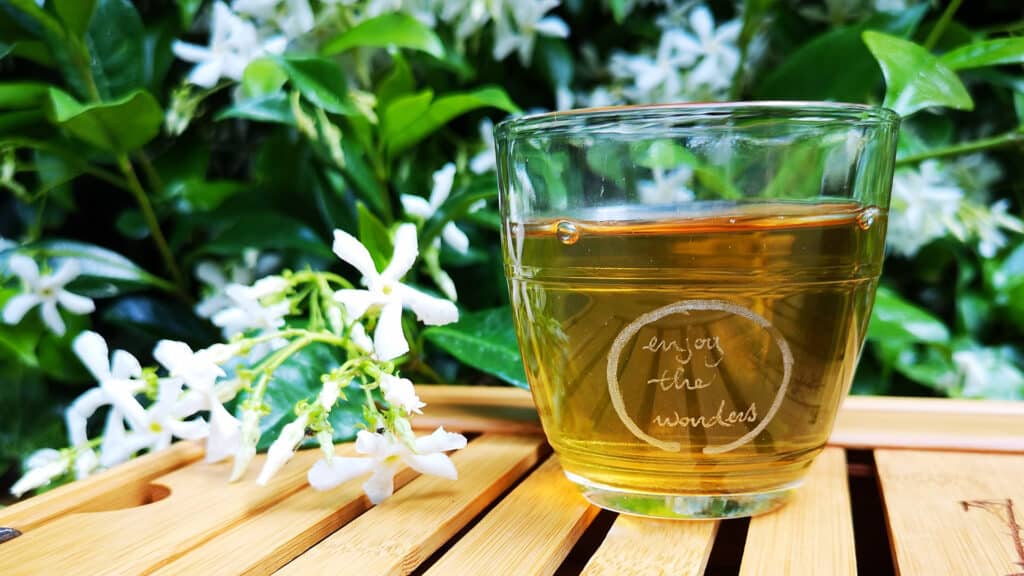
If you find matcha too bitter, then try out another green tea, sencha, which is the typical green tea often served in Japanese restaurants. It has a lighter taste than matcha and a sweeter aftertaste. Sencha, similar to matcha, has health benefits such as anti-ageing properties and antibacterial properties.
Hojicha
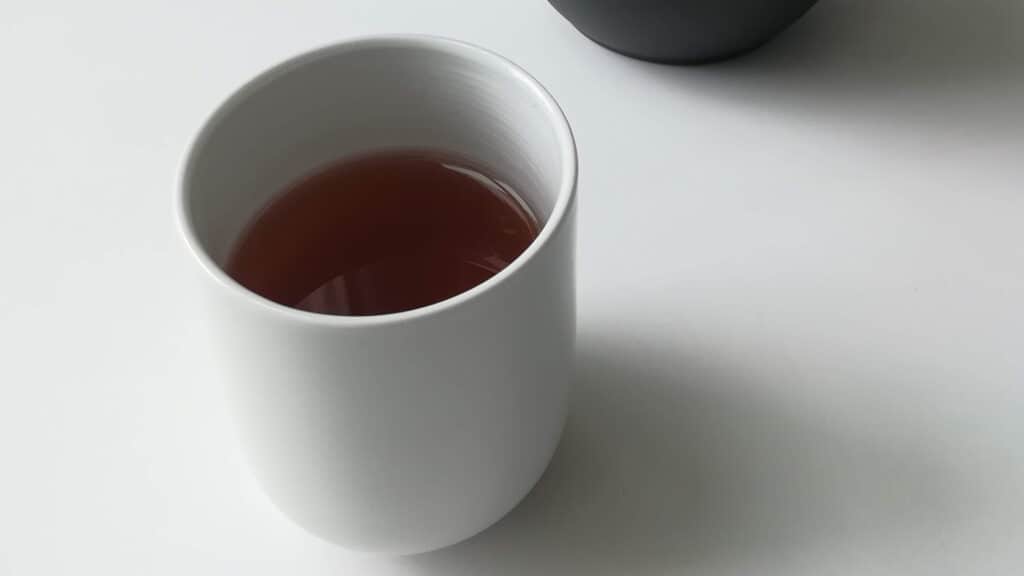
Hojicha is roasted green tea. As the name suggests, it’s roasted at a high temperature instead of steamed like most other teas. It has antioxidants and provides a relaxing, therapeutic effect after you drink it.
Yakult

If you’re not a fan of tea, then try Yakult. It’s a sweetened probiotic milk beverage fermented with bacteria. It’s said that Yakult can improve digestion and help strengthen your immune system.
Calpis

Calpis is another popular drink in Japan. It’s often made fun of by foreigners as it sounds like “cow piss”, but the name is actually a combination of the words ‘calcium’ and ‘salpis’, one of the five tastes described in Buddhism. It is made of milk, yeast, and lactic acid bacterium. It’s said it can give you a good night’s sleep and help improve your immune system against influenza.
Japanese Alcohol
If you enjoy having a drink or two at home, then try these concoctions out!
Japanese Beers
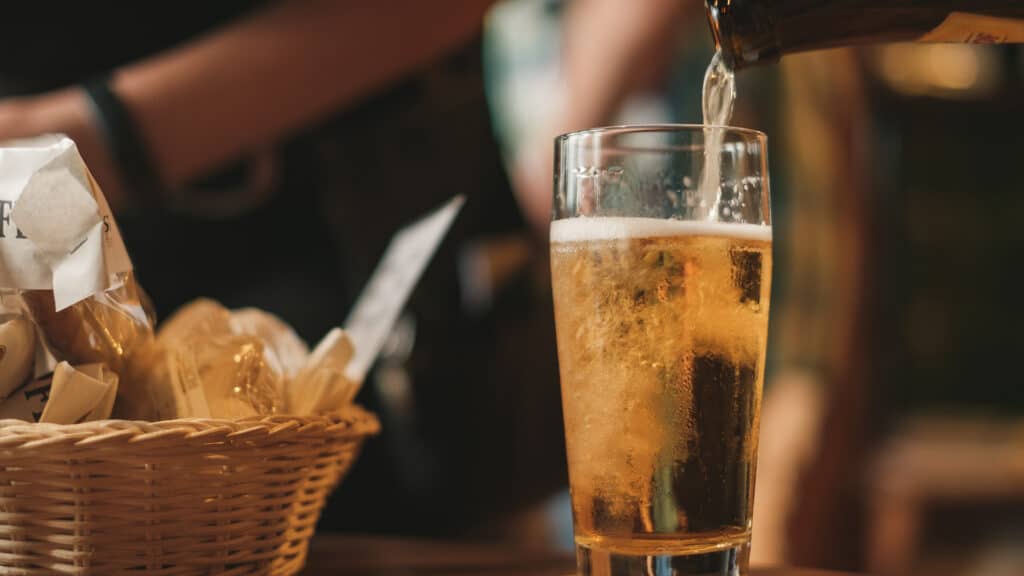
Japanese beers are known to be weaker in flavor compared to beers from other countries, but they have a crispy flavour that goes well with meals.
Nihonshu
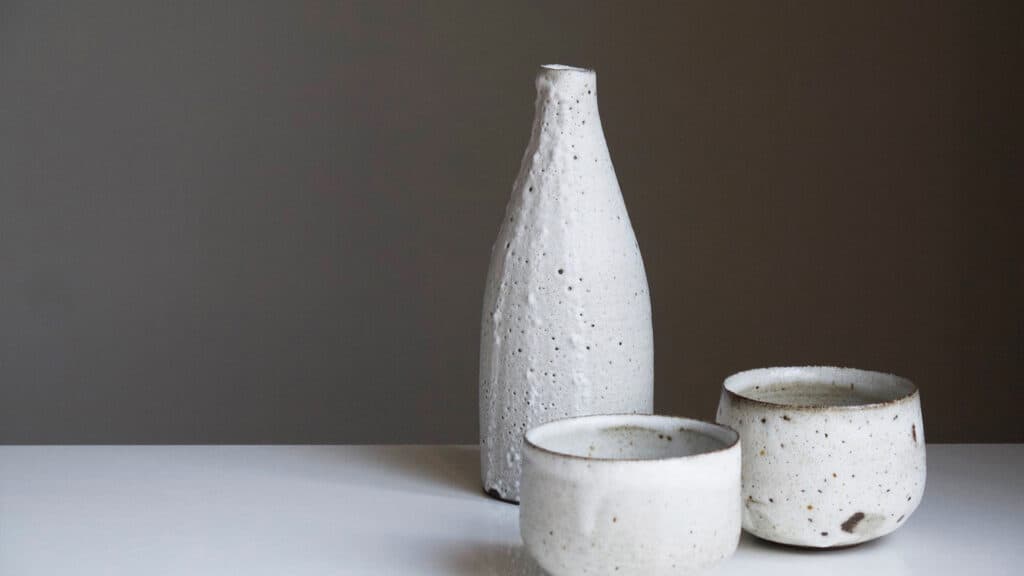
Nihonshu, also known as Japanese sake, is the most traditional Japanese alcohol. It is made of fermented rice and can be served cold or warm. Sake is said to be a healthy drink in small amounts, and that it prevents high blood pressure. You can easily make this Japanese alcoholic drink at home!
Japanese Whiskies

Japanese whiskies are a type of Japanese alcohol that has gained a lot of popularity in recent years. The Japanese distilleries are usually in remote locations known for their water purity and clean rainforest environments. This makes Japanese whisky lighter and mellower, a good accompaniment to meals.
Highball

A mixer in Japan is called a highball. They are usually made with shochu, a distilled alcohol similar to vodka, and a mixer of your choice. A popular highball in Japan is the lemon highball, which you make by mixing shochu, soda water, and a lemon. Another popular one is the oolong highball, made by mixing shochu with oolong tea. Both these drinks are refreshing and easy to drink.
A whisky highball is made by mixing whisky—instead of shochu—with soda, and usually topped with a slice of lemon.
Enjoying Japanese Flavors at Home
By trying out Japanese food and drinks at home, you can enjoy a variety of tasty meals without needing to go out. The recipes shared here are simple and flexible, allowing you to use ingredients you already have or can easily find at your local store. From the warm and soothing miso soup to the crispy delight of homemade tonkatsu, these dishes are sure to become regulars in your meal rotation.
Cooking Japanese food at home is a great way to add new flavours to your meals and improve your cooking skills. As you try these recipes, you’ll discover new tastes and textures that make your dining experience more enjoyable. So, gather your ingredients, follow the steps, and start cooking. Exploring Japanese food and drinks at home can be a fun and rewarding activity for everyone.
You can also check out our lists of Japanese anime, manga, and games, as well as Japanese books, movies, and TV shows for you to check out!

